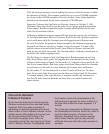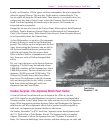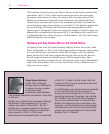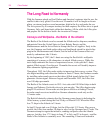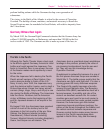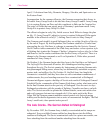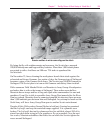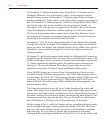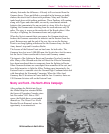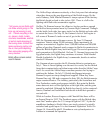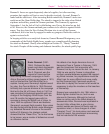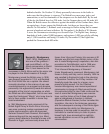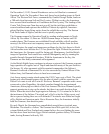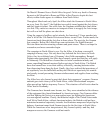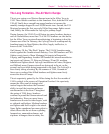
140
Close Combat
On December 12, Manstein launches Army Group Don’s 13 divisions toward
Stalingrad. Manstein’s fear fast becomes a reality; Soviet antitank weapons
decimate German armor. On December 19, Manstein orders Paulus to attempt a
breakout immediately; Paulus refuses. Army Group Don’s progress is grinding to a
halt. On December 21, Manstein appeals to Hitler to change Paulus’ mind; Hitler
cites Paulus’ report that he has insufficient fuel for a breakout. Finally, on
December 23, the relieving force is stopped at the Myshkova River; the German
troops in Stalingrad can hear their comrades fighting, but relief never comes.
The Soviets launch counterattacks against Army Group Don; Manstein’s forces
are retreating by Christmas. Everywhere along the Eastern Front the Soviets are
advancing; it is an advance that will end only in Berlin.
On January 8, 1943, the Soviets demand surrender; Paulus ignores their demand.
Two days later the Soviets attack. The Germans have more troops, but the Soviet
troops are better fed, clothed, and supplied
and the Soviet soldiers sense victory.
Preceded by a heavy artillery barrage, the Soviet attack further constricts the
German perimeter.
By January 21, the Soviets recapture both airfields in Stalingrad; the Germans are
completely cut off. Four days later, the Soviet forces attacking the city meet in the
middle of Stalingrad. Only two pockets of German resistance remain. On January
31, Paulus surrenders the southern pocket; the northern pocket surrenders on
February 2. All across the Eastern Front, those German units not cut off or
encircled are retreating. The tide of Operation Barbarossa has crested.
About 40,000 Germans are evacuated from Stalingrad, most of them seriously
wounded. Another 90,000 are taken prisoner; only 5,000 of the prisoners survive
to return home, the last in 1955. The remaining Germans, about 150,000, are dead
or missing. The Soviets report removing 147,000 German and 47,000 Soviet
bodies for burial. The defeat enrages Hitler, saddens the German populace, and
heartens Russia’s allies.
The Germans retreat back across the Soviet Union throughout the winter and
spring. Their chance for a counterattack comes when a huge bulge appears in the
eastern front
the Kursk salient. German plans call for slicing through the base of
the salient, cutting off several Soviet armies, then destroying them in detail. If the
Germans succeed, they may turn the tide of the war. By mid-June, the Germans
have 900,000 men, 2,700 tanks, and 1,800 aircraft ready for the attack.
On the evening of July 4, while the German units are assembling for their attacks,
the Soviets begin the largest counter-preparation barrage of the war. The Soviet
plan is to soak up the German advance in a massive web of defensive positions,
make them pay for every meter of ground, then counterattack with armor.
Although Kursk is the largest tank battle of World War II, it is Soviet artillery and



